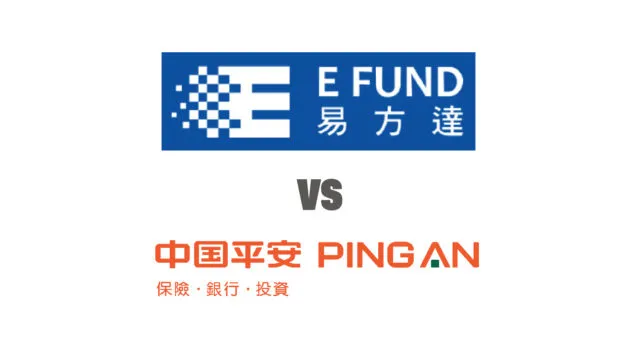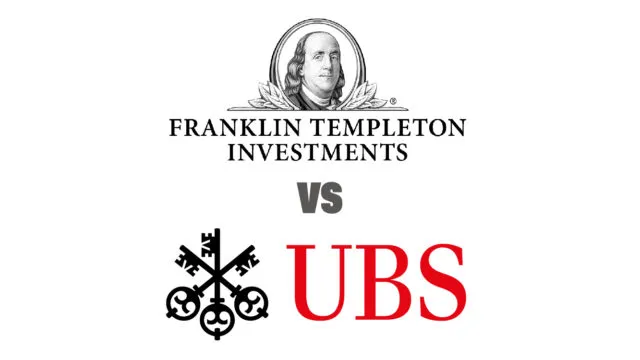A majority of institutional investors globally anticipate a correction in global equities of more than 10% within 18 months, according to a research conducted by Managing Partners Group.


A majority of institutional investors globally anticipate a correction in global equities of more than 10% within 18 months, according to a research conducted by Managing Partners Group.

Global equity fund products have gained the most views from Asia-Pacific institutional investors and consultants, according to data gathered by Evestment.

European high yield and emerging market bond funds top the list of best performing fixed income funds available for Hong Kong and Singapore investors, while US dollar and global bond funds underperformed.

FSA compares two UK passive funds: the HSBC FTSE 100 Index Fund and the Vanguard FTSE UK All Share Index Unit Trust Accumulation Fund.

FSA joins the robo-advisor discussion with its monthly feature showing portfolio returns of three robo-advisors serving clients in Asia.

China equity funds lead, while natural resources and hedge funds underperform in FSA’s year-end ranking of the best and worst performing funds available to Hong Kong and Singapore investors.

It’s E Fund vs Ping An in a quick comparison of two Renminbi fixed income funds.

This week FSA presents a quick comparison of two euro high yield funds, the Franklin Euro High Yield Fund and the UBS Bond Euro High Yield Fund.

FSA compares the Allianz Dynamic Asian High Yield Bond Fund and the Fidelity Asian High Yield Bond Fund.

Highly concentrated, high-conviction equity mutual funds tend to underperform, FSA research shows.
Part of the Mark Allen Group.
